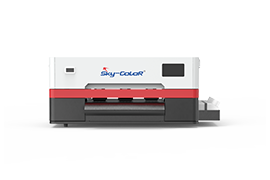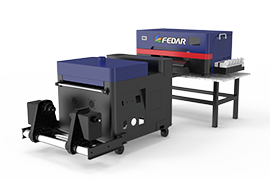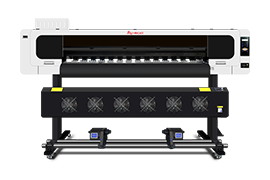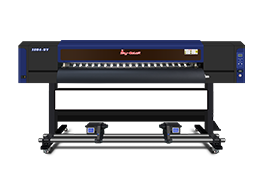Product Categories
- > Digital Textile Printer
-
- Fedar Sublimation Textile Printer
FEDAR FD61916E Sublimation Printer FEDAR FD1924 Sublimation Printer FEDAR FD1912S Sublimation Printer FEDAR FD61915E-A Sublimation Printer FEDAR FD5198E Sublimation Printer FEDAR FD51915E Sublimation Printer FEDAR FD53215E Sublimation Printer FEDAR FD61915E Sublimation Printer FD6198E 8 Heads Printer FD6194E 4 Heads Printer FD5194E 4 Heads Printer FD5328E 3.2m Printer FD5193E 3 Heads Printer Fedar TC Series Sublimation Printer(3heads,4heads,6heads)(Stop) FD5268E 2.6m Printer FD5223E 2.2m Printer (Stop) FD1900 2 Heads Printer AL193 3 Heads Printer (Stop) TC1932 2 Heads Printer (Stop)
- Fedar Direct Textile Printer
A3 DTF Printer FDA3 DTF Printer FD70-5 DTF Printer FD70-3 DTF Printer (Stop) FD30 DTF Printer (Stop) FD60 DTF Printer FD70-4 DTF Printer FD65-2 DTF Printer (Stop) FD70-2 DTF Printer (Stop) TR 4180 (Stop) FD 680 DTG (Stop) FD1828 Belt cotton printer (Stop)
- Fedar Sublimation Textile Printer
The Factors Causing Poor Transfer Effect of DTF Printers
2025-06-24Here are the key factors that can cause poor transfer effects in DTF printing:
1. Low-Quality DTF Inks
Using substandard or incompatible inks can result in poor adhesion and color vibrancy. Always opt for high-quality, DTF-specific inks that ensure proper bonding with the adhesive powder.
2. Improper Powder Shaking & Curing
The adhesive powder is crucial for the transfer process. If not shaken evenly or cured at the right temperature (usually around 160-170°C), the print may not adhere properly, leading to cracking or peeling.
3. Incorrect Film Quality
Not all PET films are suitable for DTF printing. Using low-quality or incompatible films can cause poor ink absorption, leading to smudging or weak transfers.
4. Insufficient Pre-Press & Post-Press Treatment
Fabric Preparation: Some fabrics require pre-treatment for better ink adhesion.
Heat Press Settings: Incorrect temperature, pressure, or time during transfer can weaken the bond between the print and fabric.
5. Printer Maintenance & Calibration
Clogged printheads, misaligned nozzles, or incorrect color profiles can lead to uneven prints. Regular maintenance of your DTF printer ensures consistent output.
6. Environmental Factors
High humidity or dust can affect powder adhesion and print quality. Always store DTF materials in a controlled environment.
How Fedar Ensures High-Quality DTF Printing
At Fedar, we provide reliable DTF printers, premium inks, and expert guidance to help you achieve flawless transfers. Whether you're a beginner or a professional, our solutions are designed to minimize errors and maximize print durability.
For more tips on optimizing your DTF printing process, visit www.fedar.com today!





